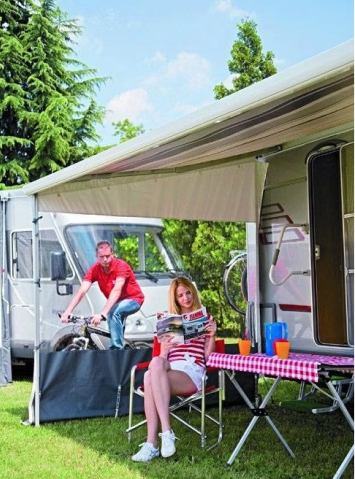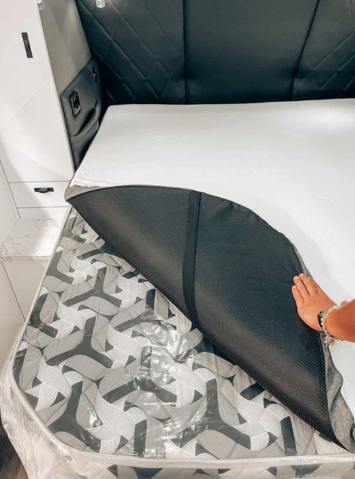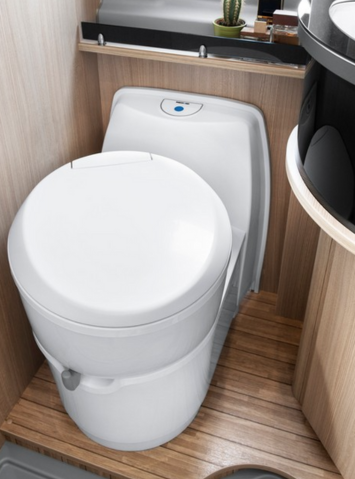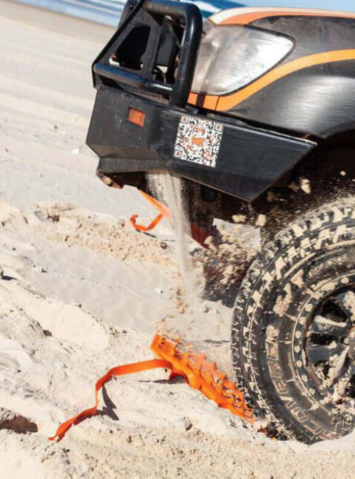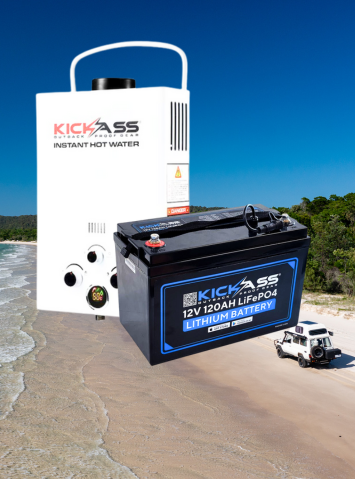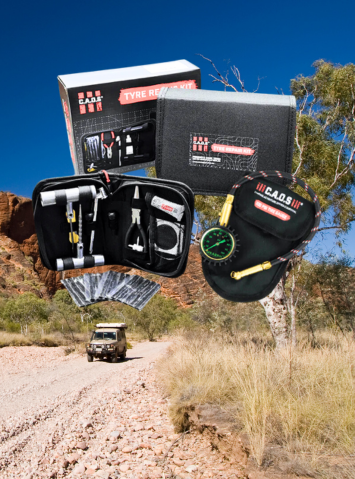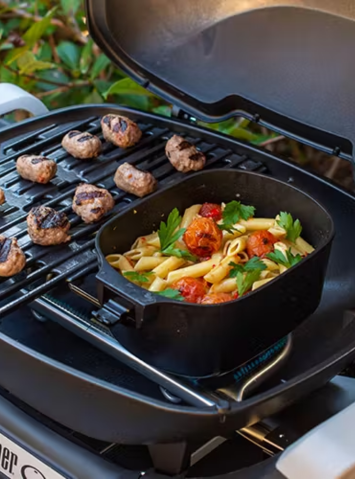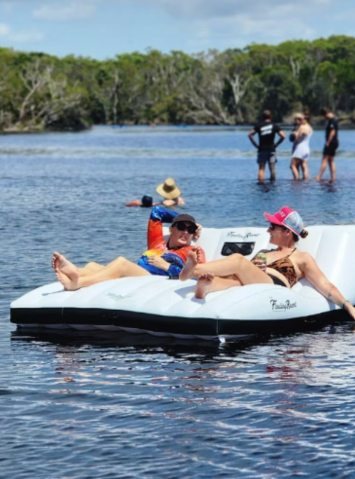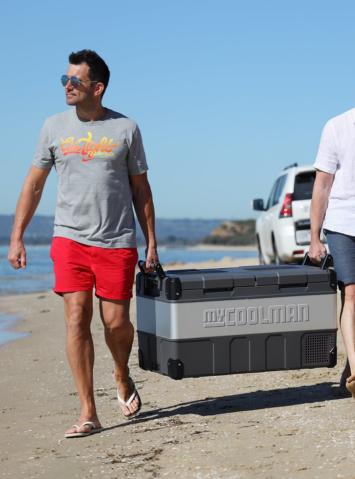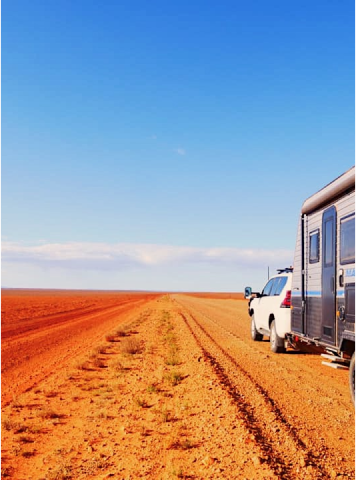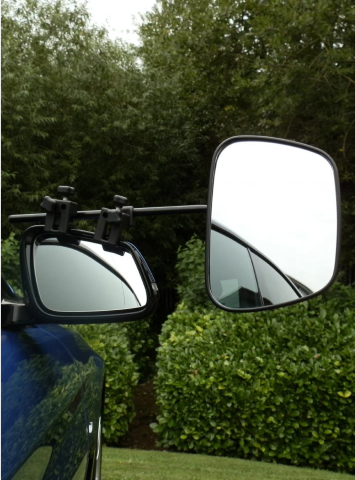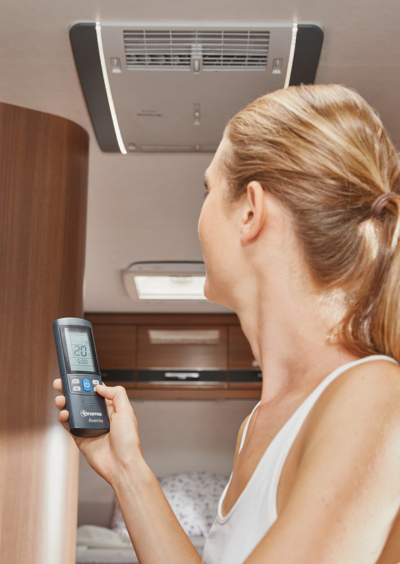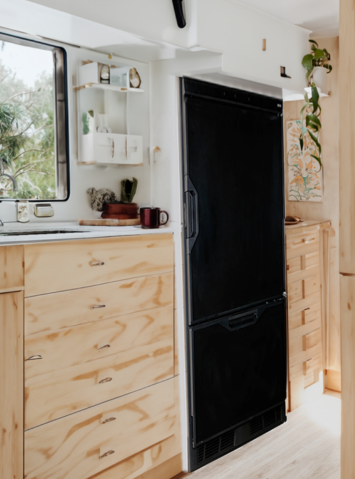All Camping Fridge & Freezer Spare Parts Products
Camping Fridge & Freezer Spare Parts
A camping fridge and freezer are essential especially if you’re going on an extended outdoor adventure. It stores food and drinks and ensures that meats and other uncooked food remain fresh and unspoiled. Keep your fridge or freezer in great shape by making sure that all the parts are maintained and in good condition.
Types of Camping Fridges
These are the common types of camping fridges:
Two-way (compressor) portable fridges
These fridges are designed to run on your trailer’s 12 or 24-volt battery and mains electricity. They’re designed to run on your vehicle’s electrical system but at less current and can be switched to 240 volts in powered campsites. Compressor models require regular battery charging so they may not be ideal for extended trips.
Pros and cons
Pros: good performance; may double as freezers, work on uneven terrains; runs on solar panels; designed for low current draw running off the car battery. fr Cons: sets consistent temperature when ambient temperature changes; compressor noise; batteries need to be charged regularly; turns off overnight if running off solar.
Three-way ( absorption ) or gas portable fridges
These fridges operate on LPG and 12,24 or 240 volts and may also use gas flow heat exchangers. They don’t perform well like compressor fridges and should be kept level to operate.
Pros and cons
Pros: versatile power sources; run for weeks on a single gas fill; doesn’t need a complicated dual-battery system; low noise operation.
Cons: not suitable if you’re constantly on the move since it should be level to operate; needs good ventilation and not recommended for tightly sealed caravans; doesn’t allow temperature setting but will cool to a certain amount; inferior performance compared to compressor fridges.
Comparisons between fridges and freezers
Temperature
Freezers keep frozen foods frozen and operate at lower temperatures compared to fridges since they’re made for long-term storage. Freezers should be kept at 0 degrees Celsius while a fridge may be set between 4 and 0 degrees Celsius.
Electrical Consumption
Freezers normally consume less electricity since they aren’t opened and closed frequently compared to fridges.
Shape and model
Freezers and fridges have different shapes and models. Fridges often have one or two doors and may come with small freezers.
Working Mechanism
Fridges work by pushing a liquid refrigerant through a sealed system while the basic working mechanism of freezers is evaporation.
Major Parts of Camping Fridges and Freezers
These are the main parts of the camping fridge and freezer:
Compressor - It’s responsible for temperature increase and refrigerant pressure and works with the condenser coils. Its function is to pump coolant by making pressure changes. Coolant evaporates and condenses at the correct points in the refrigeration cycle with the correct pressure amount.
Condenser coils - They help move the refrigerant through the unit and as the compressor pushes the refrigerant to the coils, the chemical transforms from vapor into liquid.
Capillary tube - It causes a large pressure drop that lowers the refrigerant temperature when it enters the evaporator and the refrigerant transforms again from liquid to vapor.
Evaporator - It causes the refrigerant to convert back to low-pressure form and results in cold vapor creating optimal long-term storage for frozen goods.
Other camping fridge and freezer parts that may need replacement
These are the camping fridge and freezer parts that may need replacement:
- Thermostat
- Thermometer
- Thermistor
- Temperature controller or digital display screen
- Condenser fan motor
- Evaporator fan motor
- Water inlet valve
- Relay OLP set
Visit the Everything Caravan and Camping marketplace and shop from our wide array of budget-friendly, durable, and top-quality camping fridge and freezer spare parts.
